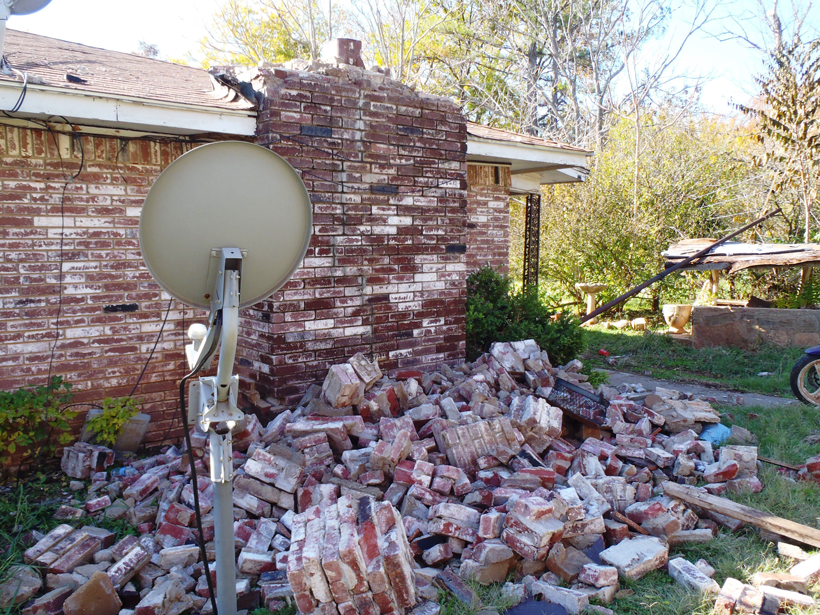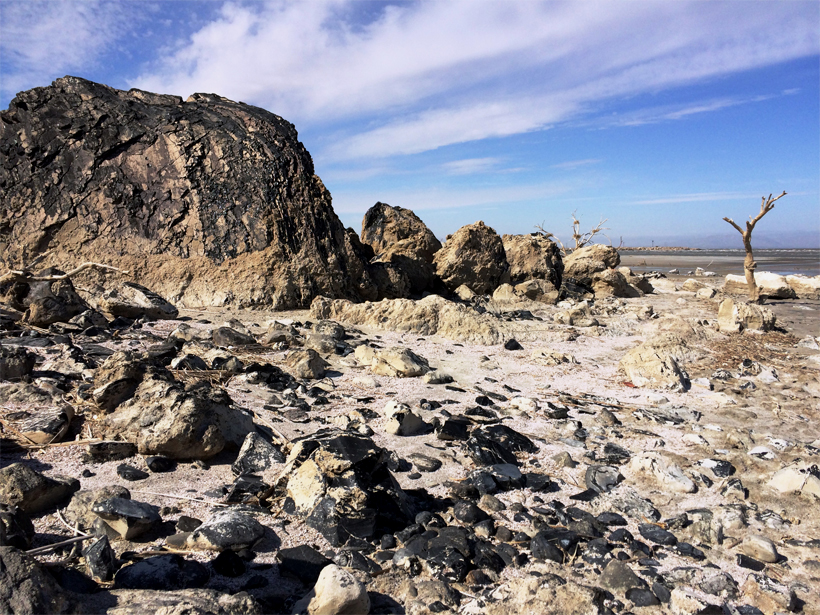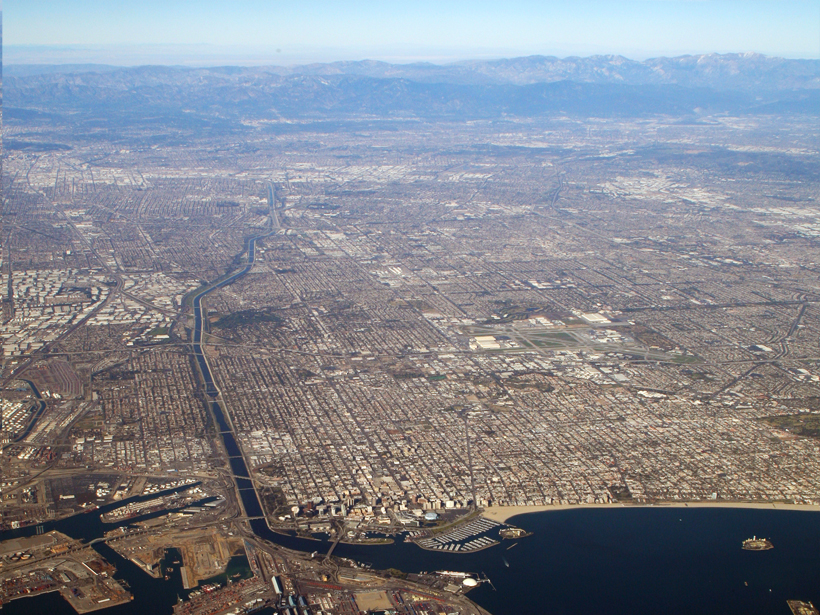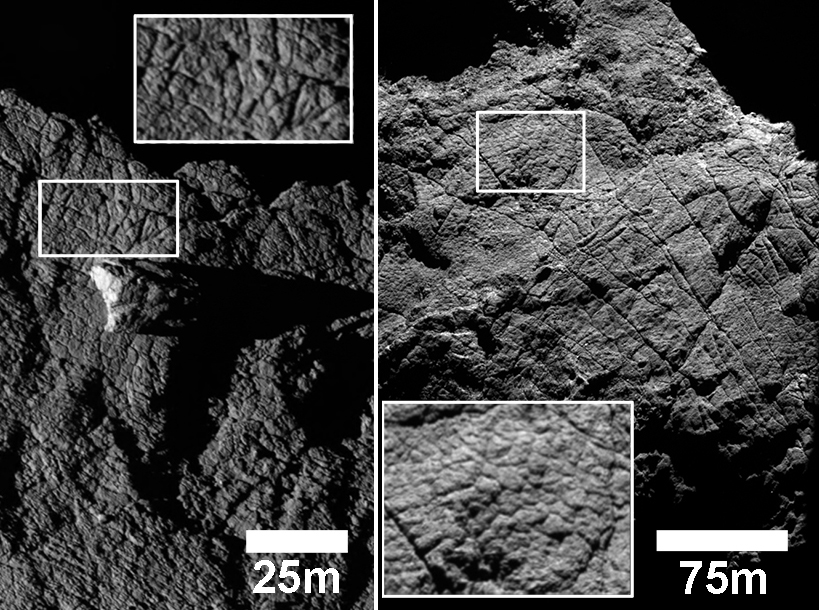Study reveals structures along the Alaskan convergent margin capable of generating a powerful tsunami directed toward the United States's West Coast.
faults
Subtle Seismic Movements May Help Forecast Large Earthquakes
Where a plate of Earth's crust slides under another and when frequent episodes of plate slippage occur without noticeable earthquakes, large temblors will more likely strike, a new study finds.
Oklahoma's Dormant Faults Hide Huge Seismic Risk Potential
Researchers look at induced seismicity data in Oklahoma to spot an increase of stress in faults that could cause even more damage than recent quakes.
Active Mud Volcano Field Discovered off Southeast Alaska
A cruise to study landslide potential along an earthquake-prone fault found a surprising methane plume.
Aftershocks of Old Quakes Still Shake New Madrid Seismic Zone
Geodetic data show that earthquakes in 1450 and 1811–1812 may be responsible for present-day seismic activity in the region.
Dating Lava Domes in California's Salton Trough
Scientists use a trio of techniques to resolve the age and duration of rhyolite volcanism of the Salton Buttes.
Extracting New Meaning from Seismological Data
Scientists use noise data collected at the Long Beach dense array to measure elusive high-frequency surface waves.
Cracks on Comets Most Likely Caused by Thermal Stress
Networks of cracks in the surface of 67P/Churyumov-Gerasimenko may have originated from rapid heating and cooling of the comet's surface.
Probing for Earthquakes' Origins
To better understand how earthquakes nucleate, scientists spy on the Alpine Fault in New Zealand.
Surface Folds Hint at Magnitude of Slip Along Thrust Faults
The shape of deformed sediments at the surface may allow researchers to estimate the cumulative slip along thrust faults such as the Chelungpu fault in Taiwan.









